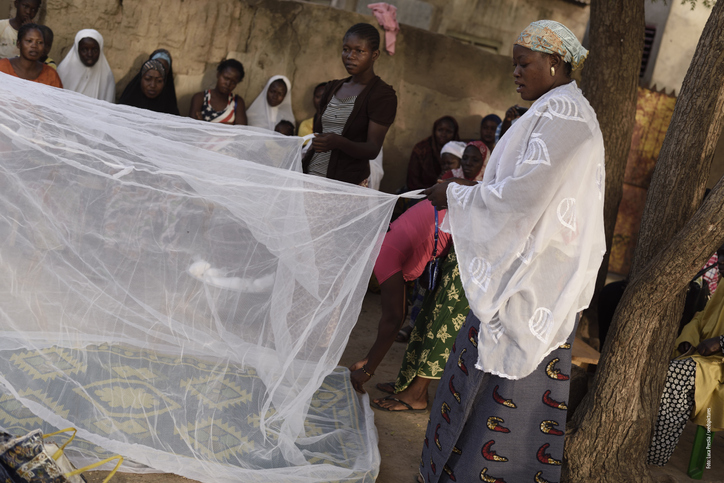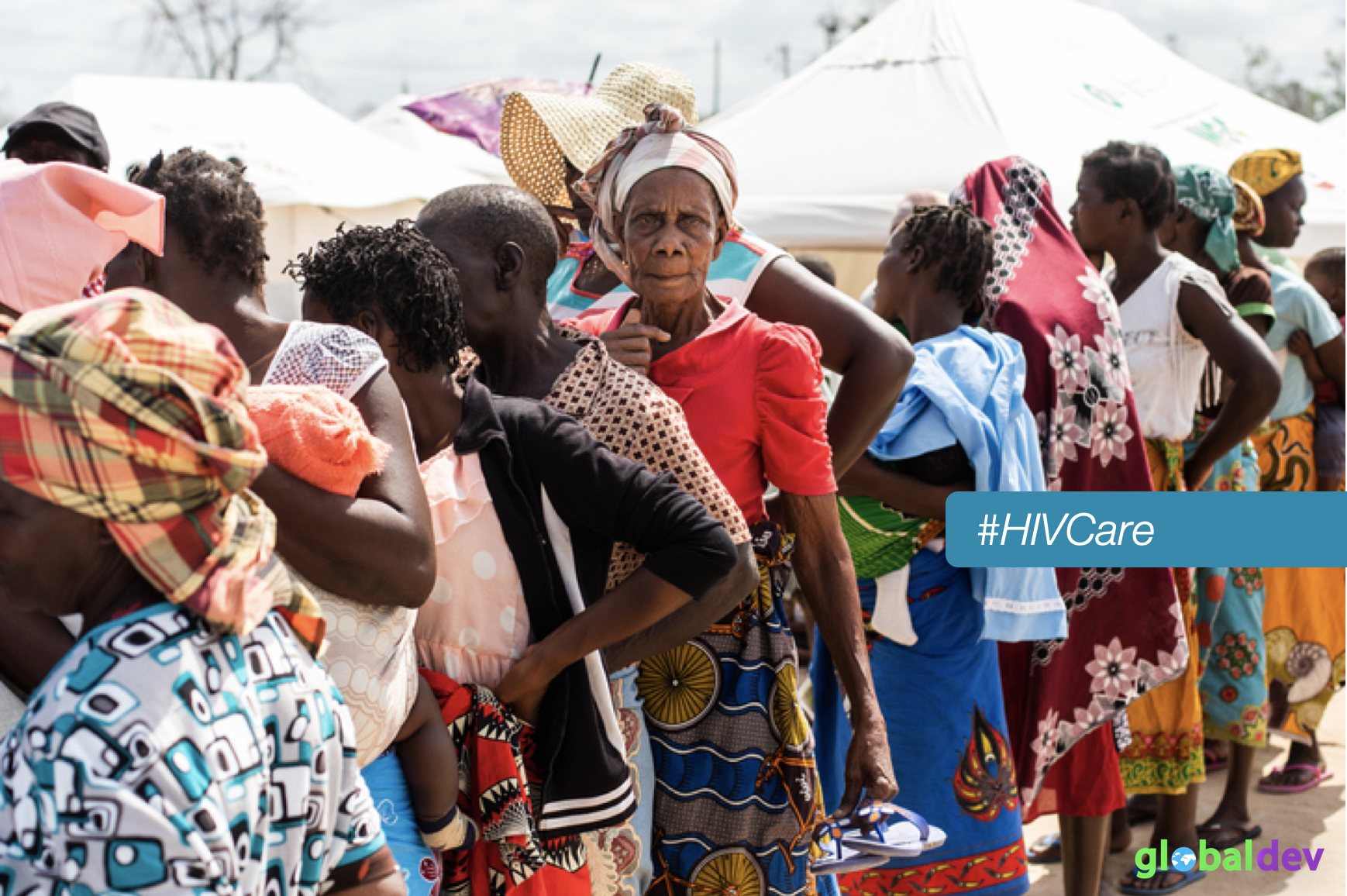Millions of children in poor countries are of low height for their age because of inadequate nutrition. But when in a child’s life should scarce resources ideally be invested to prevent ‘stunting’ and promote healthy development? This column presents evidence that interventions to promote good nutrition and prevent pregnancy among adolescent girls can have large benefits, not only in terms of their own health improvements but also the development of their offspring. There is considerable potential to reduce stunting arising from undernutrition in early childhood via interventions during adolescence.
Inadequate nutrition is one of the major threats to children’s survival and health in poor countries. What’s more, by hindering their developmental potential, it limits human capital and hence the economic development of those countries.
‘Stunting’ – an indicator of low height for a child’s age – is a common measure of poor growth and undernutrition in children. In 2012, an estimated 165 million children under the age of 5 were stunted worldwide.
One of the key questions for policymakers seeking to tackle the challenge of stunting is: when in a child’s life should scarce resources be invested to prevent stunting and promote healthy development?
A number of studies in the biomedical and social sciences suggest that interventions to reduce stunting should focus on the first one thousand days from conception (the period up to the age of 2). The idea is that during this period, children’s growth is particularly responsive to nutrition.
These studies also suggest that there is limited potential for catch-up growth after the age of 2, and that this leads to an intergenerational cycle of poor growth and development. Women who were stunted in childhood remain stunted as adults and tend to have stunted offspring.
Others, however, have argued that adolescence, a period when growth is rapid, presents an opportunity for catch-up growth and remediation of early deficits. In particular, it has been suggested that benefits may be considerable if interventions focus on promoting the nutrition of adolescent girls, as this will also address stunting in the next generation.
This is particularly true in poor countries, where many women become pregnant during adolescence. Moreover, early pregnancy is expected to exacerbate the impact of undernutrition on a girl’s growth as well as the development of her offspring.
Until now, there has been little evidence on the extent of catch-up growth and the implications of adverse conditions during adolescence, such as maternal undernutrition and pregnancy, for children’s development. This evidence is needed to establish the potential effectiveness of interventions during adolescence for tackling stunting among women and their children.
Our research provides new evidence supporting the idea that adolescence may be a particularly promising time for interventions to counter maternal and child stunting. In particular, after analysing data on a sample of girls from Ethiopia, India, Peru, and Vietnam who were followed throughout their adolescence, we found that among girls with low height for their age when they were aged 12, on average, half of the height deficit was recovered by the age of 15.
Our results also indicate that there is no further catch-up growth between the ages of 15 and 19. We also found that a potential explanation of the faster growth of these girls between 12 and 15 compared with the norm for their age is that they have an improved diet, including more legumes and vegetables.
The key implication of these findings is that there is considerable potential to reduce stunting arising from undernutrition in early childhood through nutrition interventions during adolescence.
Our study also analyses data from a sample of women and their children from the same four countries to examine whether interventions that promote maternal height and prevent adolescent pregnancy have implications for children’s growth and development.
We do so by comparing the prevalence of stunting and average scores in mathematics tests at different ages across four groups of children defined by whether their mother had short adult stature (stunted), gave birth to them in adolescence (defined as 19 or younger), both, or neither.
These comparisons show that the children of stunted mothers have a 16% higher chance of being stunted as infants and of remaining stunted through their adolescence. We also found that children of mothers who gave birth to them during adolescence achieve 2% lower scores in a mathematics test in adolescence.
But our results also suggest that maternal stunting is not systematically associated with lower child achievement; and that adolescent childbearing is not associated with higher stunting. We argue that a potential explanation of the former could be due to improvements in children’s school environments that promote learning, but not nutrition.
Moreover, a potential explanation of the latter could be that the vast majority of mothers in our data who gave birth in adolescence did so at the age of 19 – that is, after their growth had stopped and thus pregnancy did not affect their growth or that of their children.
Overall, the evidence from our study supports the view that interventions to promote good nutrition and prevent pregnancy among adolescent girls in poor countries can have large benefits, both in terms of growth improvements among these girls, but also in terms of the growth and development of their children throughout their lives.






